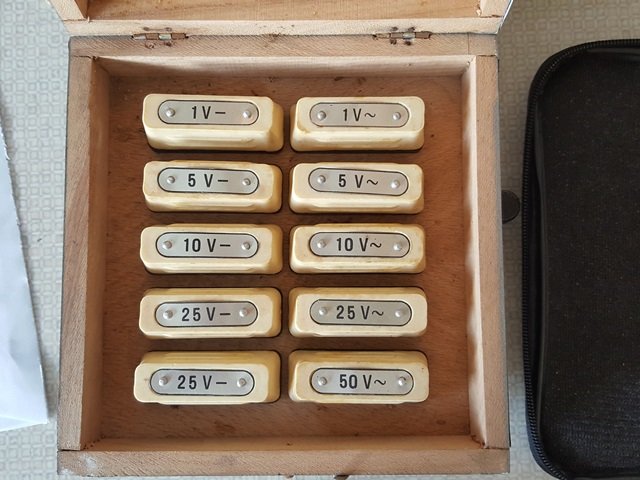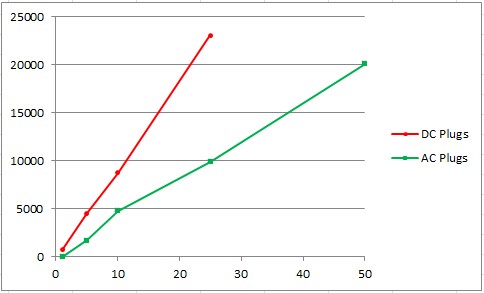Looking farther afield, has anyone experience of the apparatus these were(/are) used on.
Asking for a friend, be interested if we found the photos/references of the original kit.
The are simple resistors inside the easy to handle plug-in modules (large pins about 1½" apart), albeit I think way off their original marked values now.
They are not series resistors for a test meter setup (at least the values don't fit for moving coil meters), I supect they are for a demonstation/student use PSU setup. I can approximate the printed values c.f. resistance if an constant current OP Amp setup was used (although with the values measured seem rather approximate).
Box marked up in Cryllic - not my forte but from the Moscow State Univ. dated 1970 (but suspect a somewhat older design).
Asking for a friend, be interested if we found the photos/references of the original kit.
The are simple resistors inside the easy to handle plug-in modules (large pins about 1½" apart), albeit I think way off their original marked values now.
They are not series resistors for a test meter setup (at least the values don't fit for moving coil meters), I supect they are for a demonstation/student use PSU setup. I can approximate the printed values c.f. resistance if an constant current OP Amp setup was used (although with the values measured seem rather approximate).
Box marked up in Cryllic - not my forte but from the Moscow State Univ. dated 1970 (but suspect a somewhat older design).



